In An Article Published In The Journal Nature On April 20, 2022, Scientists At The University Of Washington And The University Of Hong Kong Found That Lasers Can Trigger Some Form Of Ferromagnetism In Non-magnetic Materials** It Is Reported That This "magnetism" Is Mainly Reflected In The Behavior Of Electrons. Thanks To The "spin" Characteristics Of Subatomic Particles, They Also Have Potential Applications In The Field Of Quantum Computing.
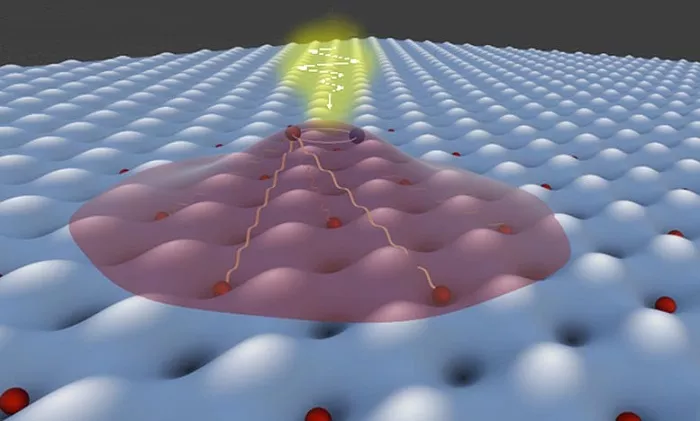
(from Xi Wang / University Of Washington)
The Researchers Found That When Irradiated By Laser Photons, Electrons In Ultra-thin Tungsten Diselenide And Tungsten Disulfide Materials Spin In The Same Direction.
Professor Xu Xiaodong, One Of The Senior Coauthors Of The Paper, From The Department Of Physical Materials And Engineering At The University Of Washington And A Distinguished Member Of Boeing, Pointed Out:
In This System, We Can Basically Use Photons To Control The 'ground State' Properties Of Charges Trapped In Semiconductor Materials - Such As Magnetism.
In Addition, Thanks To Such Fine Horizontal Control And Electron Spin Alignment, The Platform Is Also Expected To Play A Role In The Field Of Quantum Simulation.
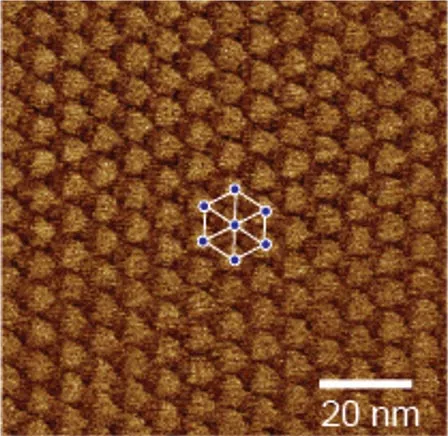
Top View Of Tungsten Selenide Stack Taken By Piezoelectric Response Force Microscope (from: Nature)
"This Is The Level Of Control Necessary To Develop Certain Types Of 'qubits' For Quantum Computing And Other Applications," Added Xu Xiaodong, A Researcher At The School's Clean Energy Research Institute And Molecular Research Institute.
Wang Yao, Professor Of Physics At The University Of Hong Kong (Senior Coauthor Of The Paper), Di Xiao, Professor Of Physical Materials Science And Engineering At The University Of Wisconsin (who Also Holds The Post Of PNNL), And Daniel Gamelin, Director And Professor Of Chemistry Of The School's Molecular Engineering Materials Center, Also Participated In The Research. His Team Is Committed To Providing Theoretical Support For The Research Results.
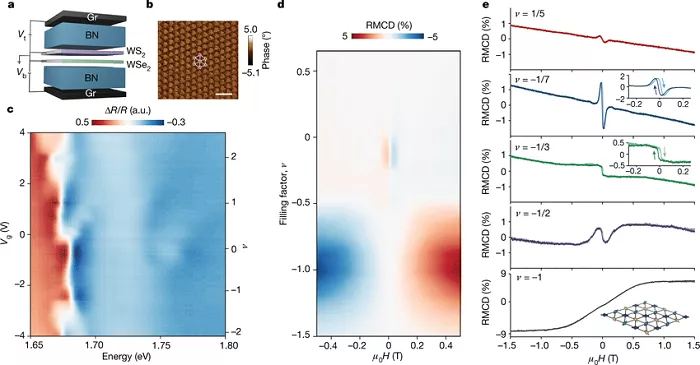
Figure 1: Moire Filling Dependence Of WS Ω / WSE Ω Heterogeneous Bilayers
The Research Team Selected Ultra-thin Tungsten Selenide / Tungsten Disulfide Flakes, Each Layer With A Thickness Equivalent To Only Three Atoms. Electrons Pass Through Experimental Materials At A Speed Between Fully Conductive Metals And Insulators, And Have Potential Applications In Photonics And Solar Cells.
Interestingly, The Researchers Stacked The Two Layers Into A So-called "Moore Superlattice" - A Stacked Structure Composed Of Repeated Units, And The Superlattice Can Keep Excitons In Place, So This Stacked Sheet Can Be Used As A Powerful Platform For Quantum Physics And Material Research.

Figure 2: Photo Induced Ferromagnetism Observed Near V = - 1 / 3 Filling
The So-called "exciton" Refers To Pairs Of Excited Electrons And Their Associated Positive Charges. Scientists Can Measure Their Properties And Behavior Changes In Different Superlattice Configurations. When Studying The Exciton Properties In Materials, They Were Surprised To Find The Key Photoinduced Ferromagnetism In Normal Non-magnetic Materials.
The Photons Provided By The Laser Will "excite" Excitons In The Path Of The Laser Beam, And These Excitons Cause A Long-range Correlation Between Other Electrons - All Spinning In The Same Direction!
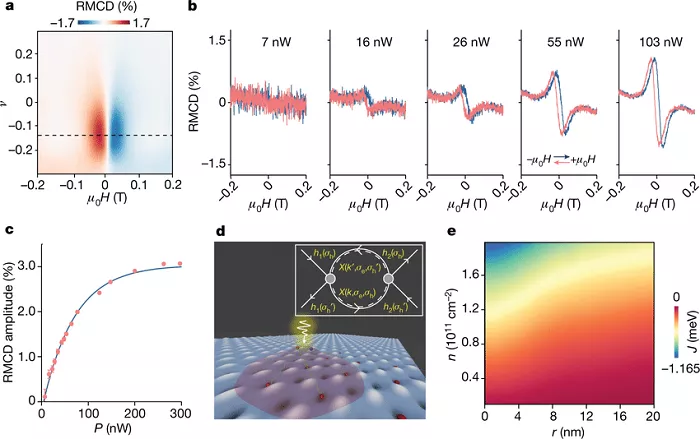
Figure 3: Photo Induced Ferromagnetism In Dilute Hole Gas
Xu Said: This Is Like The Exciton In The Superlattice Starts A "dialogue" With The Spatially Separated Electrons, And Then The Electrons Establish Interaction Through The Exciton, Thus Forming A So-called "ordered State" With Spin Characteristics.
It Is Reported That As The Inherent Magnetic Mode Of Iron And Other Materials, We Can't See It On Tungsten Selenide And Tungsten Disulfide In The Conventional State. However, Each Repeating Unit In The Moire Superlattice Can Essentially Be Regarded As A Quantum Dot That "captures" The Electron Spin.
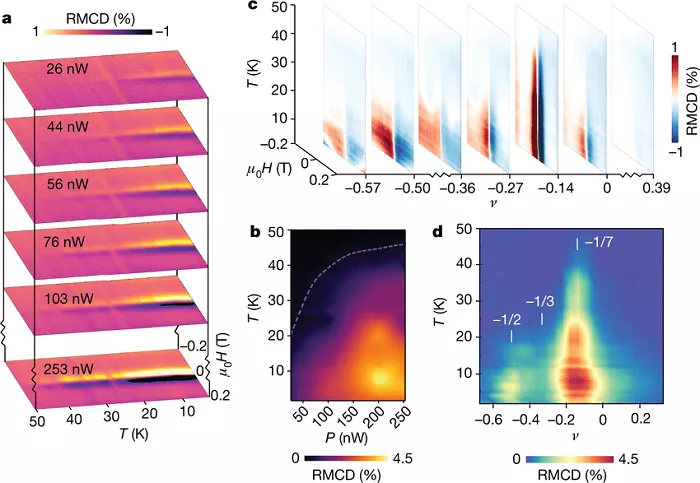
Figure 4: Adjusting Magnetic State Using Optical Excitation Power And Filling Factor
The Spin Of Trapped Electrons That Can "talk" To Each Other Lays The Foundation For A Kind Of Quantum Bit. As The Basic Unit Of Quantum Computer, It Can Use The Unique Characteristics Of Quantum Mechanics To Carry Out Calculation.
In Addition, In Another Paper Published In The Journal Science On November 25, 2021, Xu And His Co-authors Also Introduced The Magnetic Properties In The Moire Superlattice Formed By Ultra-thin (distorted Two-dimensional) Chromium Triiodide.
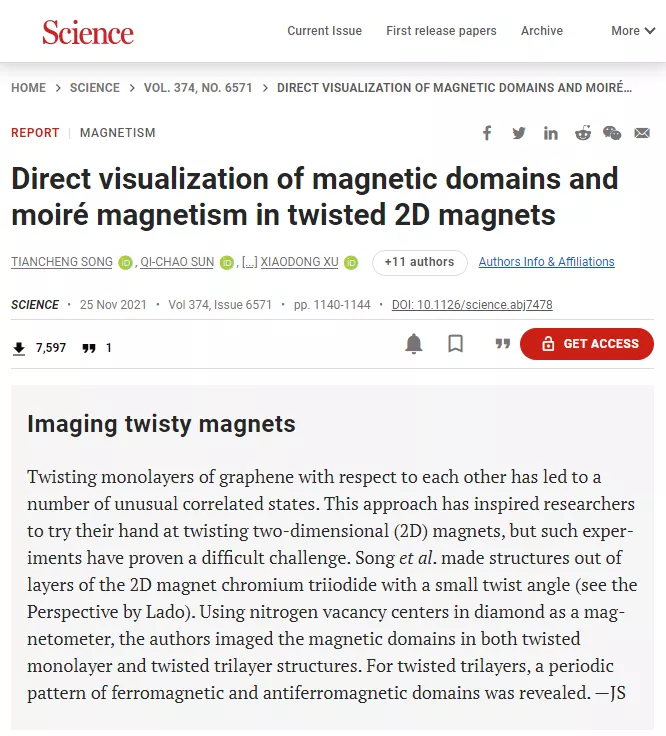
Screenshot (from: Science)
Unlike Tungsten Selenide And Tungsten Disulfide, Chromium Triiodide Is An Inherent Magnetic Material (even A Single-layer Atomic Sheet), And The Stacked Chromium Iodide Layers Form Alternating Magnetic Domains.
One Side Is Ferromagnetic (with Spin Arrangement In The Same Direction) And The Other Side Is Antiferromagnetic (the Adjacent Layers Of The Superlattice Point Opposite To Each Other And Basically Cancel Each Other).
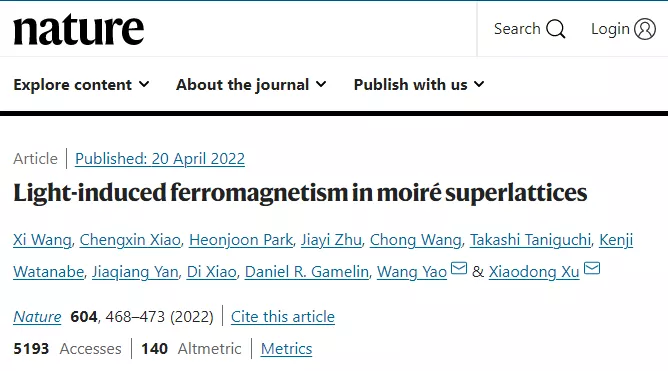
Screenshot (from: Nature)
Finally, Xu Xiaodong Said That The New Research Also Clarified The Relationship Between Material Structure And Its Magnetism, Which May Help Promote The Future Development Of Computing, Data Storage And Other Fields.
Details Of This Study Have Been Published In The Journal Nature On April 20, 2022, With The Original Title Of Light Induced Ferroagnetism In Moir é Superlattices.
